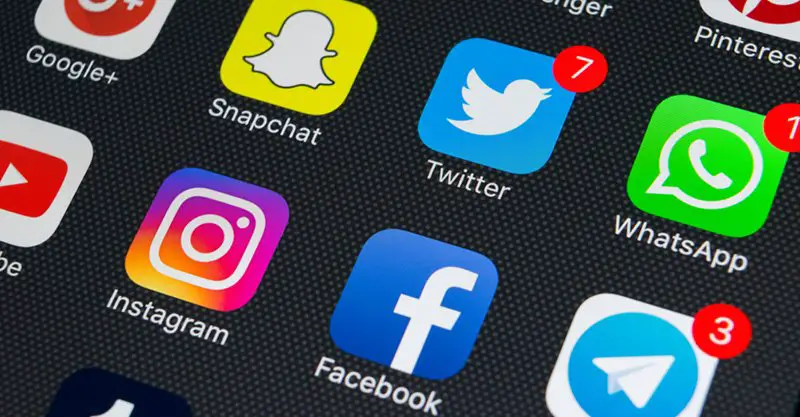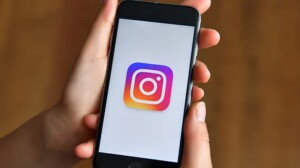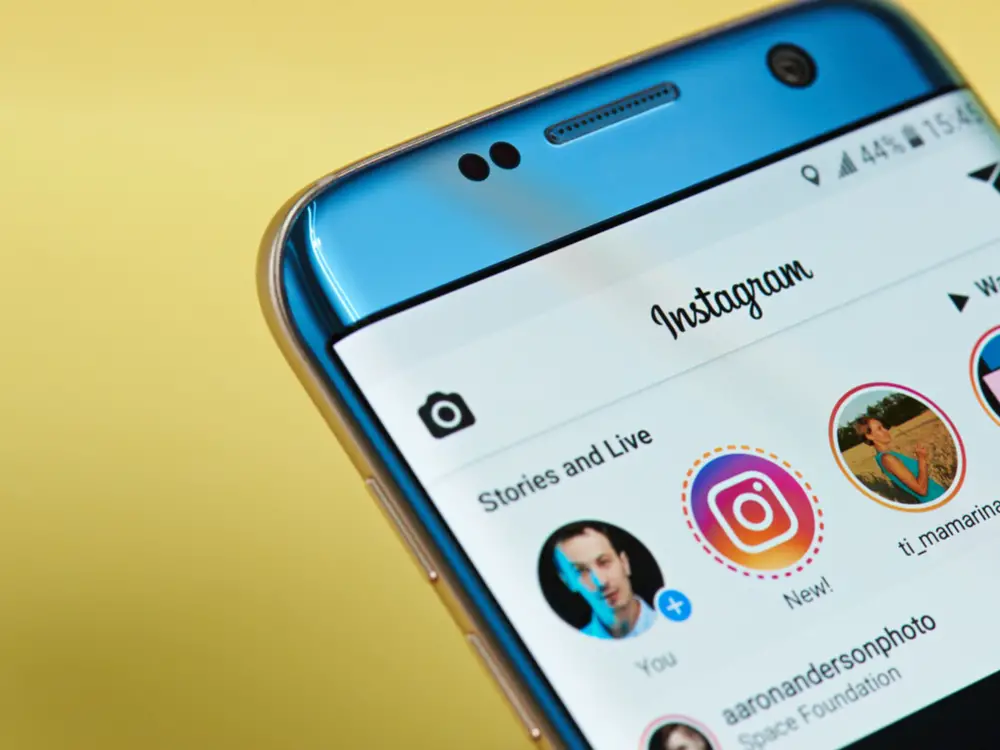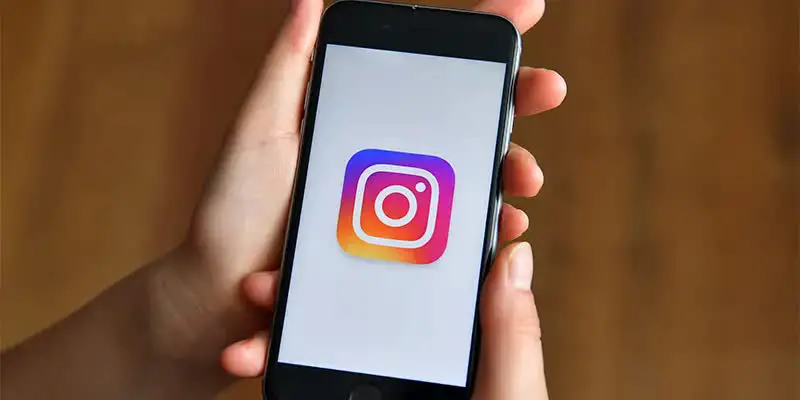In 2018, three billion people used social media, and almost half of Americans have used it to interact with businesses. 90 percent of marketers report increased exposure due to social media campaigns, so it’s no surprise more and more companies are devoting time and money to these platforms.
As the first quarter of 2019 draws to a close and the digital landscape continues to evolve, one of the biggest challenges businesses face is determining which platforms are the best fit and which social media activities are worth pursuing. Let’s take a closer look at the new trends emerging in two of the biggest platforms and one newcomer arriving on the scene.
- Facebook: the Importance of Groups
In terms of total users worldwide, Facebook is still number one. However, the reputation of the platform took a serious hit in 2018 following the Cambridge Analytica controversy. Emily Copp of Hootsuite observes, “Users have grown distrustful of social media companies and celebrity influencers. Trust has reverted to immediate friends, family, and acquaintances on social media.”
Does that mean brands should abandon Facebook altogether? Definitely not. The Book is still a valuable platform for community building and fostering meaningful dialogue. One way to create a circle of trust and make customers feel like family is to form Facebook Groups.
In 2018, Facebook made updates to Groups allowing users with Business pages to participate. While your official page is best for posting general information, Groups can address core customer interests, explore niche content, and cater to long-time fans. Avoid using Groups to plug products; instead, ask for customer feedback, then stand back and let the conversation happen.
Groups come in three types: open, closed, and secret. Open groups are available to all users while closed groups are visible in search results, but users must request permission from the administrator to join. Secret groups are invisible to outsiders; the only way to join is by a current member’s invitation. While it may seem paradoxical, closed and secret groups often have higher engagement rates.
Members know each other and feel more confident sharing opinions out of the public eye. Administrators keep trolling and spam to a minimum. The exclusive, VIP feel of closed and secret groups functions as a reward for long-time customer loyalty while encouraging members to invite friends and family into the fold increase organic reach. Best of all, Groups are not subject to Facebook’s algorithm, so you know all members will see your content.
- Instagram: the Rise of Stories
Instagram has only half the users Facebook boasts, but what it lacks in scope, it more than makes up for in engagement volume. The image-based platform has rapidly become a goldmine for brands targeting younger demographics. Millennial and Gen Z customers, however, have very different expectations of their favorite brands than older generations. They aren’t passive recipients of brand content; they want the opportunity to react, interact, and co-create.
That’s where Instagram Stories come in. Originally developed by Snapchat, the concept behind Stories is the creation of ephemeral content, 15-second slideshows or videos that disappear 24 hours after posting. Like a limited time offer, Stories leverage the fear of missing out, creating an urgent need to stay engaged.
The fleeting nature of this content appeals to audiences with a short attention span, but the candid nature of snapshots and behind-the-scenes glimpses entices followers to stick around for more. Stories also give customers a chance to participate. Engage your audience with “fill in the blank” or “tap for more” prompts, and insert a question or poll buttons asking for feedback.
- TikTok: the New App on the Block.
One limitation of social media giants like Facebook and Instagram is that they’re banned or censored in several countries. For your brand to penetrate the Asian market, you’ll need more accessible alternatives that still allow you to harness the power of video marketing.
Formerly known as Musical.ly, TikTok is a short-form, mobile, vertical video platform. It has 500 million active users worldwide, ranking higher than Twitter, LinkedIn, Pinterest, and Snapchat. The app gained popularity in the United States in November 2018 when Jimmy Fallon used it for his Tumbleweed Challenge on the Tonight Show. In January 2019, it beat out Instagram as the most downloaded app on Android.
TikTok is the perfect platform for driving user-generated content and working with brand ambassadors and micro-influencers. Above all, its playful, unpolished content provides the authenticity and inclusion of Gen Z craves.
What social media platform is your business focusing on most in 2019? Let us know in the comments.






